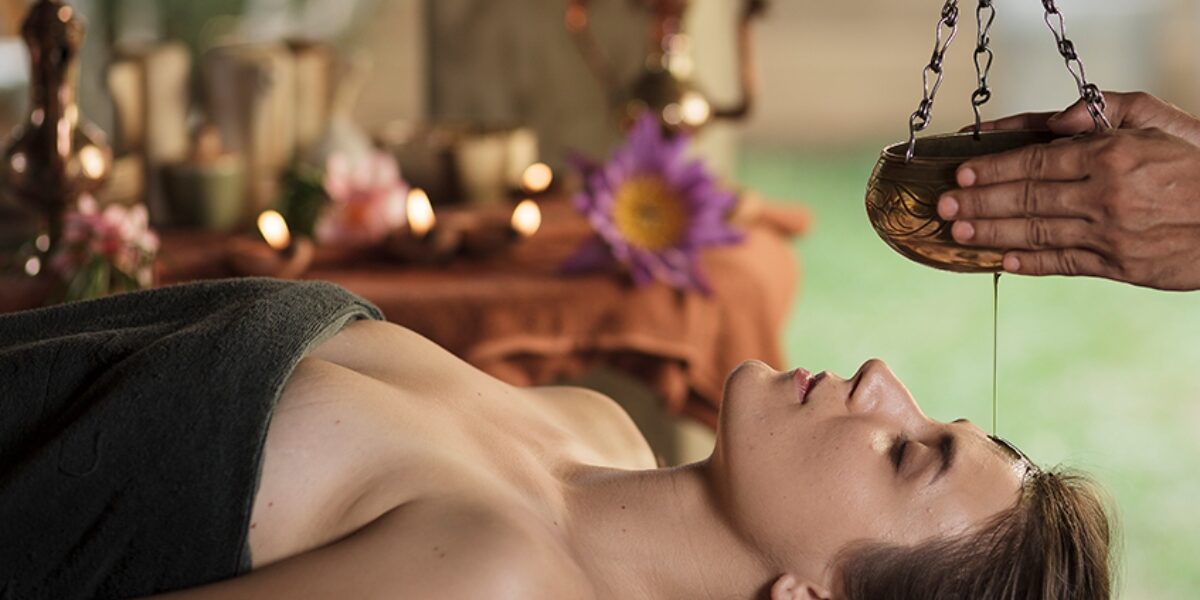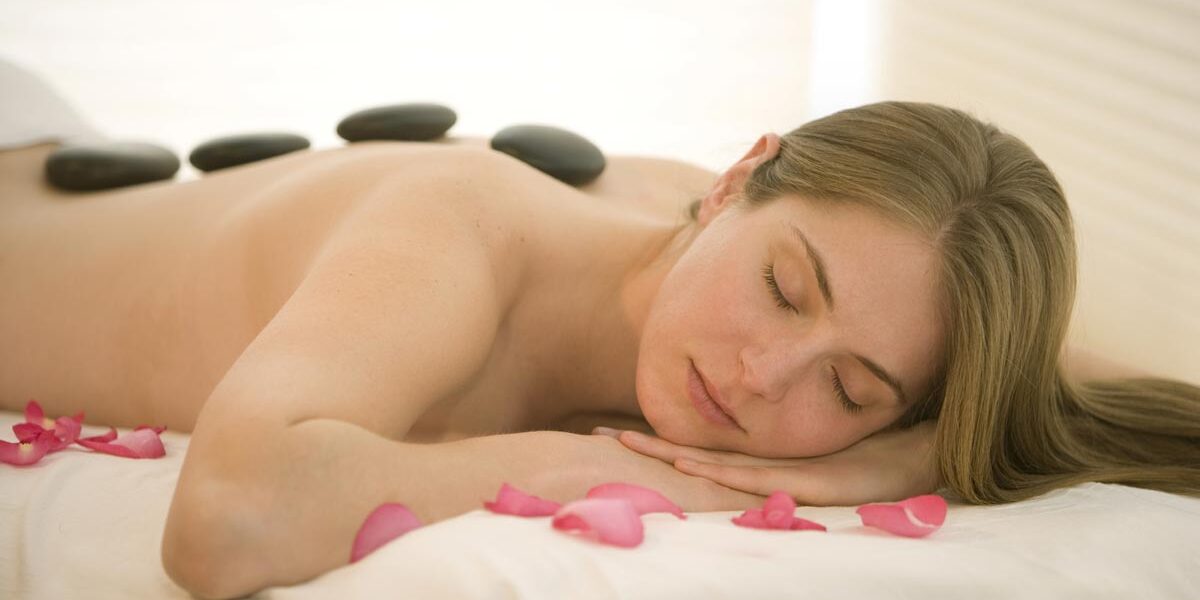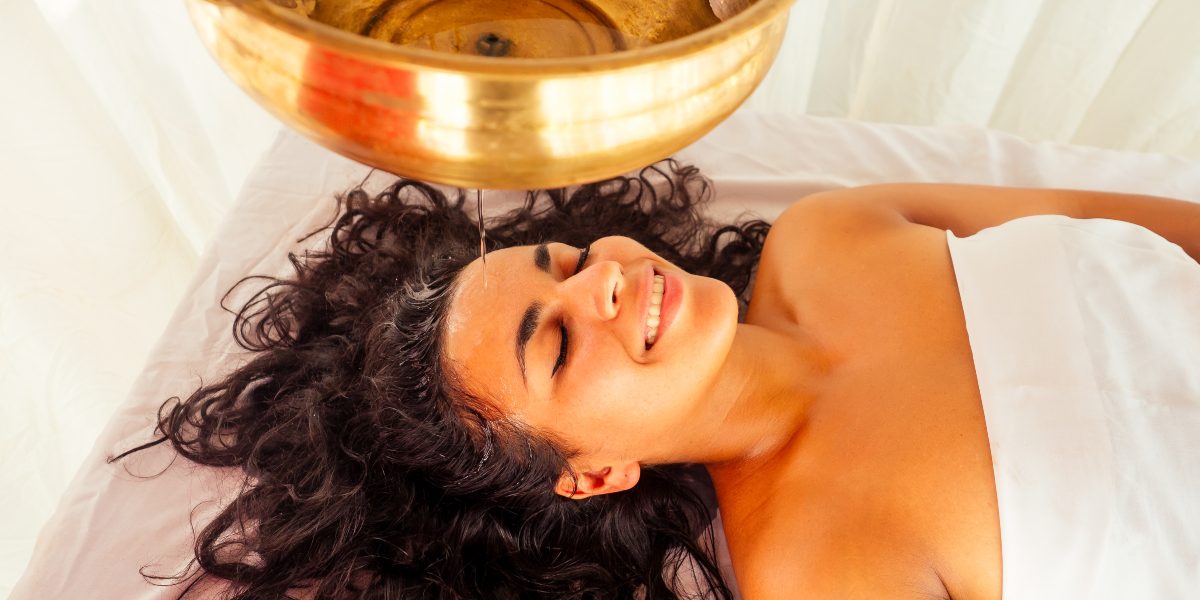Ayurvedic Massage: Balancing Mind, Body, and Spirit

In a fast-paced world where stress and tension have become an integral part of our lives, the quest for holistic well-being has gained significance. Ayurvedic 안마 사이트, an ancient healing practice rooted in the Indian system of medicine known as Ayurveda, offers a profound solution for those seeking balance and rejuvenation. In this comprehensive guide, we will explore the philosophy, benefits, types, and experience of Ayurvedic massage, as well as how it aligns with modern wellness principles.
Journey into Ancient Healing
Ayurvedic massage, often regarded as a sacred and therapeutic practice, has been passed down through generations for over 5,000 years. It is deeply rooted in the Ayurvedic philosophy, which seeks to harmonize the mind, body, and spirit. Ayurveda, meaning “the science of life,” is more than just a system of medicine; it’s a way of living in harmony with nature and the self.
The core principle of Ayurveda is balance. According to this philosophy, health is achieved when there is equilibrium among the three doshas: Vata, Pitta, and Kapha. Each dosha represents a combination of elements (earth, water, fire, air, and ether) and governs specific bodily functions and characteristics. When the doshas are in balance, an individual experiences optimal health and well-being.
Understanding Ayurveda

The Essence of Ayurveda
Ayurveda is a holistic system that encompasses not only physical health but also mental and spiritual well-being. It recognizes that the mind and body are interconnected, and the health of one influences the other. To maintain this balance, Ayurveda offers a comprehensive approach that includes dietary guidelines, herbal remedies, yoga, meditation, and, of course, Ayurvedic massage.
The Doshas: Vata, Pitta, and Kapha
Understanding the doshas is crucial in Ayurveda. Here’s a brief overview of each:
Vata:
Governed by the elements of air and ether, Vata is associated with movement and change. It influences creativity, enthusiasm, and agility. An excess of Vata can lead to anxiety, restlessness, and digestive issues.
Pitta:
Pitta is primarily composed of fire and water elements and governs metabolism and digestion. When balanced, it promotes intelligence, courage, and leadership. Excessive Pitta can manifest as irritability, inflammation, and skin disorders.
Kapha:
The Kapha dosha is linked to the earth and water elements, responsible for stability and structure. A balanced Kapha results in calmness, strength, and patience. An excess of Kapha can lead to lethargy, weight gain, and congestion.
The Philosophy of Ayurvedic Massage
Seeking Balance through Touch
Ayurvedic massage is deeply rooted in the philosophy of Ayurveda. It is believed that when the body is massaged with the right techniques and oils, it not only relaxes the muscles but also balances the doshas and encourages the free flow of energy or prana throughout the body. This, in turn, promotes physical and mental well-being.
The primary goal of Ayurvedic massage is to restore balance where there is imbalance. By doing so, it addresses both the symptoms and the root causes of various health issues. This holistic approach sets Ayurvedic massage apart from many other massage therapies.
The Connection Between Body and Mind
Ayurvedic massage acknowledges the profound connection between the physical body and the mind. When the body is in a state of relaxation and balance, the mind also tends to follow suit. Stress, tension, and negative emotions can manifest as physical ailments, and conversely, physical discomfort can lead to mental unrest. Ayurvedic massage seeks to address both aspects simultaneously, promoting harmony within and without.
Benefits of Ayurvedic Massage
A Multifaceted Approach to Wellness
The benefits of Ayurvedic massage are multifaceted, spanning the physical, mental, and spiritual realms. Here are some of the key advantages:
Physical Benefits
Improved Circulation: Ayurvedic massage stimulates blood flow, enhancing the delivery of nutrients and oxygen to cells while aiding in the removal of waste products.
Muscle Relaxation: The gentle, rhythmic strokes of Ayurvedic massage help release muscle tension, reducing stiffness and promoting flexibility.
Detoxification: The combination of massage and specific oils supports the body’s natural detoxification processes, eliminating toxins and impurities.
Mental Benefits
Stress Reduction: Ayurvedic massage induces a deep state of relaxation, reducing stress, anxiety, and mental fatigue.
Improved Focus: By calming the mind, Ayurvedic massage can enhance concentration and mental clarity.
Emotional Balance: It helps release emotional blockages and promotes a sense of dynamic equilibrium.
Spiritual Benefits
Enhanced Self-Awareness: Ayurvedic massage encourages mindfulness and self-reflection, fostering a deeper connection with one’s inner self.
Holistic Healing: It supports the holistic healing of the mind, body, and spirit, promoting a sense of wholeness and completeness.
Types of Ayurvedic Massage
Tailored to Individual Needs
Ayurvedic massage encompasses a variety of techniques, each designed to address specific imbalances or health concerns. Here are some popular types of Ayurvedic massage:
Abhyanga
Abhyanga is a full-body massage using warm herbal oils customized to an individual’s dosha constitution. It is deeply relaxing and nourishing for the skin. Abhyanga is often recommended for overall wellness and balance.
Shirodhara
Shirodhara involves the gentle pouring of warm herbal oil onto the forehead (the “third eye”) in a continuous stream. It is renowned for its ability to calm the mind, alleviate stress, and improve sleep quality.
Pinda Sweda
Pinda Sweda is a massage technique that uses herbal poultices filled with specific herbs and rice. It is particularly effective for relieving joint pain and muscle stiffness.
Marma Point Massage
Marma points are vital energy centers in the body, similar to acupressure points. Marma point massage focuses on stimulating these points to balance energy and promote overall well-being.
These are just a few examples of Ayurvedic massage techniques, and there are many more variations and combinations to suit individual needs.
Preparing for an Ayurvedic Massage
Setting the Stage for Healing
Before you embark on an Ayurvedic massage journey, it’s essential to prepare your body and mind for the experience. Here are some key considerations:
Consult an Ayurvedic Practitioner
For personalized guidance, it’s advisable to consult with an Ayurvedic practitioner who can assess your dosha constitution and recommend the most suitable type of massage and oils for you.
Dietary Recommendations
Leading up to your massage, consider following dietary guidelines that align with your dosha constitution. For instance, a Pitta-predominant individual may benefit from a cooling diet to balance excess heat.
Hydration
Proper hydration is crucial, as Ayurvedic massage can promote detoxification. Drinking warm water infused with herbs can be particularly beneficial.
Dress Comfortably
Wear loose, comfortable clothing to your massage session to ensure ease of movement and relaxation.
The Massage Experience

A Journey of the Senses
Now, let’s explore what you can expect during an Ayurvedic massage session:
The Ambiance
Ayurvedic massage is typically performed in a tranquil setting with soft lighting, soothing music, and a sense of serenity. The ambiance is carefully curated to enhance relaxation.
Warm Herbal Oils
Warm herbal oils, selected based on your dosha constitution or specific health concerns, are generously applied to your body. The warmth of the oils aids in relaxation and opens up the pores, allowing the oils’ healing properties to penetrate deeply.
The Massage Technique
The therapist uses long, flowing strokes and gentle pressure to massage your entire body, paying attention to areas of tension or imbalance. The strokes are synchronized with your breath, promoting a sense of harmony and connection.
Mindful Touch
During the massage, both you and the therapist remain present and mindful, creating a healing energy exchange. The therapist may also focus on specific marma points to balance your energy.
Post-Massage Rest
After the massage, you are encouraged to rest for a brief period, allowing the oils to further penetrate and nourish your skin and body.
Aftercare and Integration
Nurturing the Benefits
To maximize the benefits of your Ayurvedic massage and maintain balance in your life, consider the following aftercare and integration practices:
Rest and Hydration
After your massage, rest and hydrate adequately to support the body’s natural healing and detoxification processes.
Self-Care
Incorporate self-care practices into your daily routine, such as meditation, yoga, or pranayama (breathing exercises).
Balanced Diet
Continue to follow a diet that aligns with your dosha constitution to support overall well-being.
Regularity
Consider making Ayurvedic massage a regular part of your wellness routine, especially if you are dealing with specific health concerns or imbalances.
Ayurvedic Massage and Modern Wellness

A Time-Tested Approach in the Modern World
In recent years, Ayurvedic massage has gained popularity in the context of modern wellness. Its holistic approach aligns with the growing recognition that health encompasses more than just the absence of disease—it involves achieving balance and harmony in all aspects of life.
Ayurveda’s emphasis on prevention and self-care resonates with individuals seeking natural and sustainable ways to maintain well-being. Furthermore, scientific studies are increasingly supporting the effectiveness of Ayurvedic practices in promoting health and healing.
Conclusion
The Path to Balance
In a world filled with stressors and distractions, Ayurvedic massage offers a path to balance, connecting the mind, body, and spirit. It is a physical experience and a journey of self-discovery and healing. By embracing Ayurvedic principles and practices, you can embark on a lifelong journey toward optimal health and well-being.
As you explore the ancient wisdom of Ayurvedic massage, remember that it is a profoundly personalized practice. What works best for you may differ from what works for others. Therefore, consulting an Ayurvedic practitioner is a valuable step in tailoring your Ayurvedic massage experience to your unique constitution and needs.
Incorporate Ayurvedic massage into your wellness routine, and you’ll discover a profound sense of balance and vitality that permeates every aspect of your life. The ancient wisdom of Ayurveda invites you to embark on a journey of self-care and self-discovery—a journey that can lead to a state of harmony, both within yourself and with the world around you.
